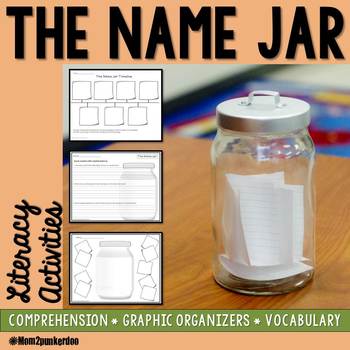So we did just that this past week. Our first graders received their first "formal" lesson on making an inference when reading. But we did not start with books. We wanted them to realize that inferring takes place all the time and that they have actually been doing since...really...forever; therefore we brought in trash.
Actually, we started the week off with old shoes. My teammate and I explained that we can infer a lot about a person by their shoes. Tanny McGregor encourages students to use thinking stems as they share their inferences about the objects being discussed. We did the same.
After listening to the students "turn and talk" about a football cleat, we shared with them all the great thinking stems they were already using and encouraged them to use a few others (such as "perhaps" and "I can infer").
Throughout the week we brought in a slipper and a child's shoe. Our first graders shared what they inferred about the people who owned the shoes by using their schema and providing evidence from the shoe.
And what they found is that they knew a lot about these individuals even though they had never met them before. Here are some of my favorite examples:
Perhaps the shoe belongs to a girl because it is red with heels and I know boys don't normally where these shoes.
The girl probably wore this shoe a lot because the sparkles are coming off.
I think the slipper belongs to a man because it is falling apart and I know a woman would just throw that away.
(HA!! That cracked me up!)
The slipper could belong to a person with a dog because I see bite marks on the shoe.
We explained that when you infer you are "reading between the lines" because you must use evidence that is there but fill in unknown information with your schema. After so many shoe inferences, our first graders were ready to "read" or infer about some trash.
I told them that I have new neighbors (true) and that I don't know anything about them (very true). So I took their trash to find out some things about them (NOT true at all...gross!!)
This was not as simple at first. Some students wanted to infer just based on one single object. We encouraged them to look at the items collectively, to move the objects around, and to think about how the objects relate to each other. When we looked at the evidence in this way, we could make inferences about my new neighbors.
What they discovered was that these people may have had a birthday party because there was a candle, gift bag, and birthday cake yogurt. The neighbors most likely love chocolate due to the 6 candy wrappers. Someone in this house may have been sick since there was a medicine bottle, tissues, and a tissue box.
Throughout these conversations, we recorded the inferences and evidence (and schema) on a chart paper to help them understand that they were not just making predictions but backing up their ideas with evidence!
After all the learning that occurred throughout the week, we really wanted to see what they would infer on their own. We asked them what they could infer about the owner of this trash can:
If you would like to try this quick sheet out, just click on the image to grab it.
Throughout the week we used books to practice inferring, as well. Some wordless books by Lita Judge were used and some alphabet books. If you would like to read more about these individual lessons, please click on the words in the previous sentence.
Do you have any other concrete lessons that you use to help your students infer? I would love to add them into our first grade plans!













































I absolutely love this idea! Great job, Emily
ReplyDeleteThank you so much! It is such a fun lesson!! The kids have so much fun inferring and then the transfer to books is strong!
Delete